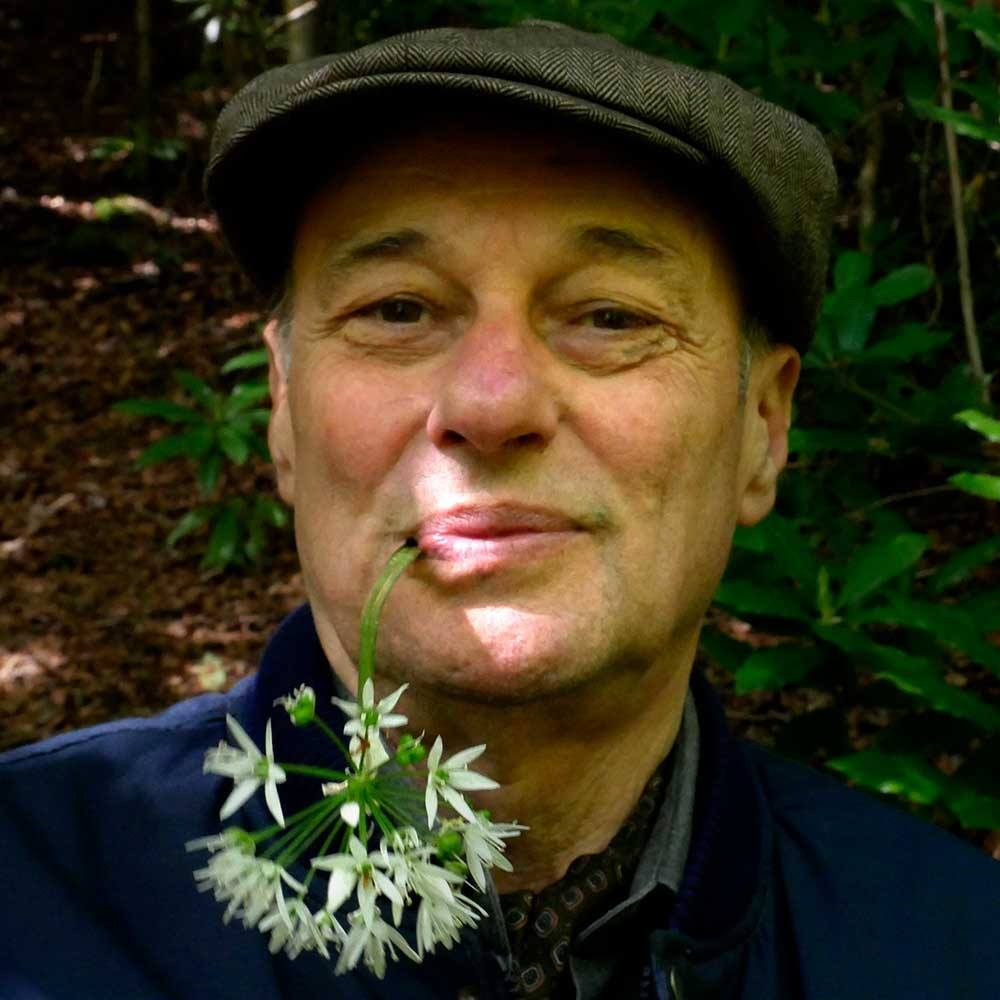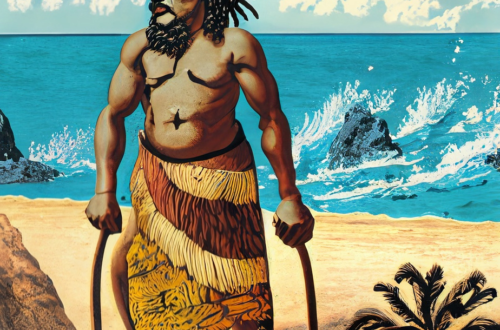
The Mirrored Soul: A Dialogue Between Ho’oponopono and Analytical Psychology
A dance of two realms – spiritual and psychological – interweaves throughout this contemplation of Ho’oponopono, a Hawaiian tradition of forgiveness and reconciliation, and Carl Jung’s Analytical Psychology, a profound exploration of the human psyche. Both the Eastern philosophy and Western psychological method beckon us on a journey to profound self-discovery and liberation.
Part I: Synchronicity and the Flow of Life
“Synchronicity,” as proposed by Carl Jung, is a fascinating concept that nudges us to explore meaningful coincidences that seemingly lack causal connection. Jung hypothesized this as a non-causal principle linking meaningful coincidences, hinting at a complex tapestry interwoven with threads of unseen connections. This perception invites us to glimpse the universe’s undercurrents, where mind and world merge mysteriously.
Ho’oponopono, much like the idea of synchronicity, illuminates the interconnectedness of all things. Embracing this principle, we become attuned to the pulse of life, allowing ourselves to flow with it rather than resist it.
Part II: The Shadow and Ho’oponopono’s Karmic Underpinning
Jung’s “Shadow” embodies the unconscious aspect of the psyche, encapsulating repressed desires, instincts, and emotions. As a metaphorical blind spot, the shadow often surfaces in dreams, influencing our conscious behaviour. An encounter with our shadow can be transformative, leading to self-integration and growth.
Ho’oponopono bears a striking resonance with the concept of the shadow. This Hawaiian practice encourages us to delve into our inner selves, embracing the suppressed parts we’ve previously neglected or denied – our karmic data. The act of ‘cleaning’ in Ho’oponopono is a process of acknowledging and releasing these shadow elements, fostering inner harmony and healing.
Part III: The Anima, Animus, and the Embrace of Divinity
Jung’s notions of the “Anima” and “Animus” symbolize the unconscious feminine and masculine sides within us. The Anima and Animus serve as bridges to the archetype of the Self, guiding our emotional and spiritual growth.
In Ho’oponopono, the acceptance of the superconscious within us complements this dialogue of the Anima and Animus. As practitioners, we’re invited to embrace the superconscious feminine and masculine, unifying these energies to harmonize our existence and attain a deeper connection with our true selves.
Part IV: The Persona, Individuation, and Responsibility
Jung’s concept of the “Persona” reflects the societal mask we wear, obscuring our true nature. Its breakdown is necessary for “Individuation” – a process of integrating unconscious elements into conscious awareness to birth the authentic Self.
Echoing this, Ho’oponopono propounds taking 100% responsibility for our lives, breaking down the façade of our lives to reclaim our power. This conscious acceptance empowers us to clear our subconscious data, illuminating our path to freedom and authenticity.
Part V: Archetypes and the Universal Threads of Ho’oponopono
Jung believed in “Archetypes,” innate potentials expressing themselves in human experiences. They form the underpinning of our personal experiences and are inferred from various cultural phenomena.
In Ho’oponopono, we acknowledge these universal threads that bind us all. We honour our shared humanity, respecting our ancestors, collective and individual experiences. This acceptance fosters empathy, compassion, and mutual understanding, reinforcing our commitment to healing and growth.
Conclusion: The Harmonious Interplay?
Jung’s Analytical Psychology and Ho’oponopono’s profound philosophy may seem distinct at first glance. Yet, when observed closely, the shared underlying principles illuminate a harmonious interplay. Both guide us towards wholeness and authenticity, empowering us to navigate our inner landscapes with mindfulness and grace. Through this exploration, we uncover the beauty of these teachings and their potential to transform our lives. Their resonance whispers a gentle reminder: we are both human and divine, entwined in the dance of life.
Ultimately, however the disciplines differ because whilst Jung struggled intellectually to painstakingly create a psychology that would restore balance to the earth, his model of the psyche offers the analysand no means by which to change their life experiences, and provides a limited means to divest themselves of the karmic data carried by them subconsciously.


You May Also Like

The Ho’oponopono Practitioner: A Journey Through the Veil of Misunderstanding

Embracing Ho’oponopono: A Journey to Inner Transformation
